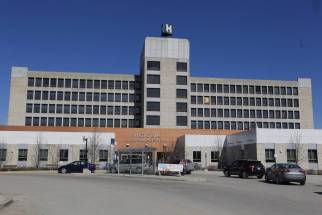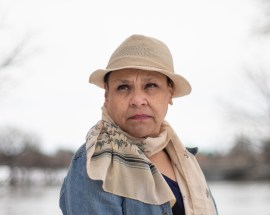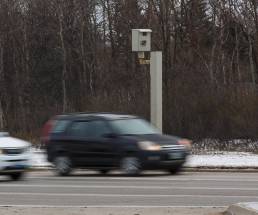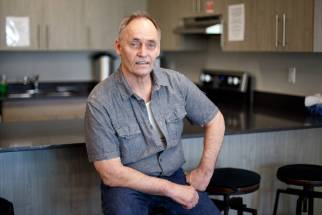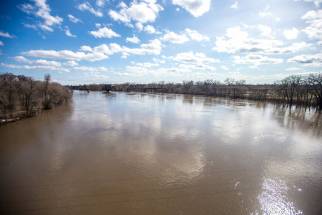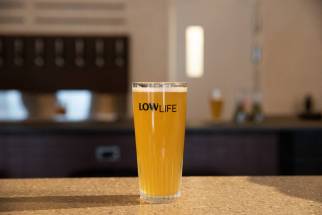Province, Ottawa need to take plunge on city combined sewer system
Read this article for free:
or
Already have an account? Log in here »
To continue reading, please subscribe:
Monthly Digital Subscription
$0 for the first 4 weeks*
- Enjoy unlimited reading on winnipegfreepress.com
- Read the E-Edition, our digital replica newspaper
- Access News Break, our award-winning app
- Play interactive puzzles
*No charge for 4 weeks then price increases to the regular rate of $19.00 plus GST every four weeks. Offer available to new and qualified returning subscribers only. Cancel any time.
Monthly Digital Subscription
$4.75/week*
- Enjoy unlimited reading on winnipegfreepress.com
- Read the E-Edition, our digital replica newspaper
- Access News Break, our award-winning app
- Play interactive puzzles
*Billed as $19 plus GST every four weeks. Cancel any time.
To continue reading, please subscribe:
Add Free Press access to your Brandon Sun subscription for only an additional
$1 for the first 4 weeks*
*Your next subscription payment will increase by $1.00 and you will be charged $16.99 plus GST for four weeks. After four weeks, your payment will increase to $23.99 plus GST every four weeks.
Read unlimited articles for free today:
or
Already have an account? Log in here »
Hey there, time traveller!
This article was published 06/05/2022 (1313 days ago), so information in it may no longer be current.
If Winnipeg wants to stop using its rivers as toilets, including discharging raw sewage from wastewater treatment plants as it did last month, it has to fix its antiquated combined sewer system.
To do so, the provincial and federal governments — who pretend to care about cleaning up rivers and lakes but don’t act on it — have to step up and provide the funding. So far, they haven’t committed a dime.
Like many Canadian cities, older parts of Winnipeg are serviced by a “single pipe” sewer system that collects sewage and street runoff (rain, snowmelt, water main breaks, etc) and sends it to one of three treatment plants before it’s discharged into the river. Since the 1960s, newer developments were built with a two-pipe system where only sewage is sent to a treatment plant.
The problem with the single-pipe system is it can’t handle even moderate amounts of precipitation. Almost every time it rains or when snow melts, combined sewers discharge diluted untreated sewage into the rivers before it reaches a treatment plant. It happened 1,071 times in 2020 from 76 outflows around the city (the most recent data available) and 1,299 times a year on average from 2013 to 2020.
Almost nine billion litres of diluted raw sewage flows into Winnipeg rivers a year, on average, through combined sewers.
However, that’s not all.
During heavy rainfalls and snowmelt, the city’s three wastewater treatment plants get overwhelmed and divert some untreated sewage into the river. That’s what happened in late April, when 1.6 billion L of partially treated sewage (equivalent to the size of 650 Olympic-size swimming pools) was discharged from the north end sewage treatment plant into the Red River, as the Free Press reported this week.
Sewage treatment plants aren’t built to handle maximum flows during wet weather events. When higher than normal runoff and sewage arrives at the plant (it doesn’t take much), some of it is automatically diverted around the treatment process and discharged into the river.
It happens regularly, to varying degrees. That effluent is measured and tested daily. Monthly reports are sent to the province to ensure the City of Winnipeg complies with its licensing requirements.
Sewage spills occur in other ways, too, such as from pump failures or clogged pipes. However, the majority of untreated discharges occur from combined sewer overflows and from wastewater treatment plants.
There is a plan to expand capacity at treatment plants but it won’t be enough to handle all future wet weather events. Ergo, the need to fix combined sewers: the less street runoff sent to treatment plants, the less raw sewage is discharged from those plants.
According to the city’s 2020 combined sewer annual report, if the three levels of government each contribute $30 million a year, the target (capturing 85 per cent of combined sewer overflows) could be reached by 2045.
The problem is funding. While senior levels of government are helping pay for plant upgrades, they have committed no funding for combined sewers. The city, so far, is doing it on its own.
The province is demanding city hall fix its combined sewers by 2045, but it’s not willing to help pay for it.
According to the city’s 2020 combined sewer annual report, if the three levels of government each contribute $30 million a year, the target (capturing 85 per cent of combined sewer overflows) could be reached by 2045. The total cost is estimated at $2.3 billion. If the city is the sole funder at $30 million a year, it would take until 2095 (the longer it takes, the more expensive it will be).
City hall has since increased its annual combined sewer budget to $45 million. However, without funding commitments from senior levels of government, the 2045 target won’t be met.
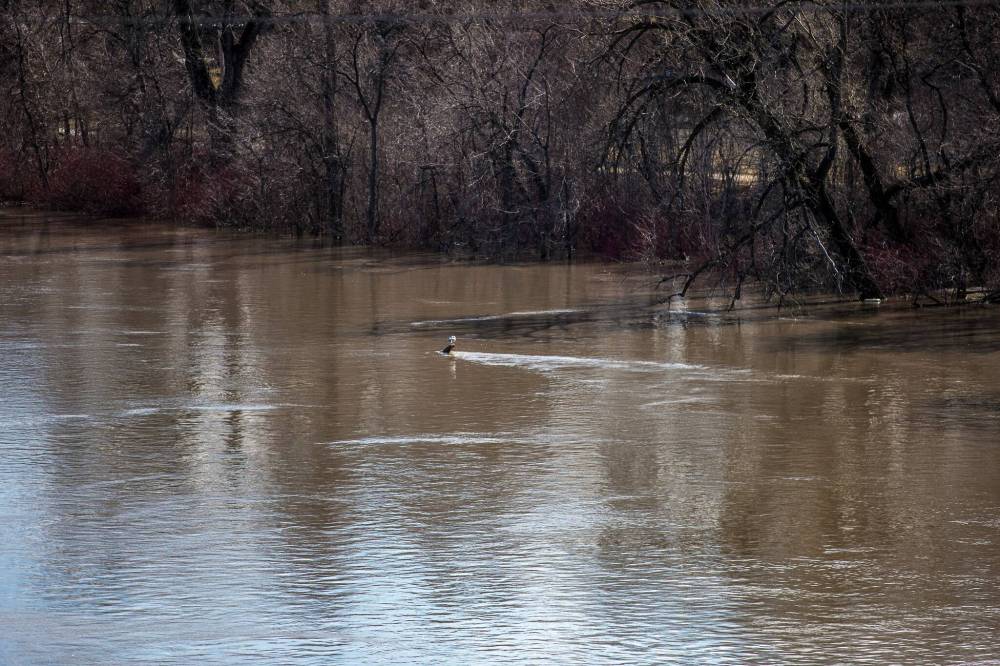
The only alternative is if the city comes up with $90 million a year on its own, something Coun. Brian Mayes (St. Vital) — a long-time proponent of replacing combined sewers — has been musing about. However, it’s unclear where that money would come from. It could mean further increases to sewer and water rates.
The question is: why aren’t the governing Tories, who desperately need Winnipeg votes in next year’s provincial election to remain in power, stepping up to fund their share?
And where are Liberal Winnipeg MPs such as Terry Duguid and Dan Vandal (both former city councillors) on this? Why aren’t they going to bat for Winnipeg?
Until they do, Winnipeg will keep treating its waterways like toilets for decades to come.
tom.brodbeck@freepress.mb.ca

Tom has been covering Manitoba politics since the early 1990s and joined the Winnipeg Free Press news team in 2019.
Our newsroom depends on a growing audience of readers to power our journalism. If you are not a paid reader, please consider becoming a subscriber.
Our newsroom depends on its audience of readers to power our journalism. Thank you for your support.






